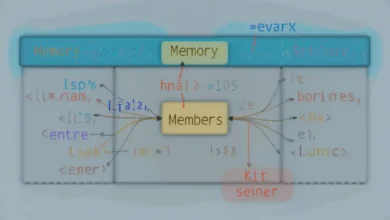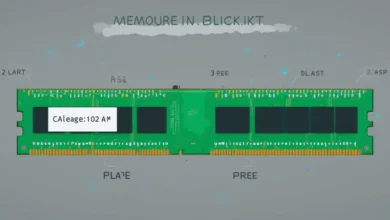Efficiency of Batch Operating Systems: Streamlining Computing Processes

Introduction:
In the realm of computing, efficiency is paramount. Enter batch operating systems, the unsung heroes of streamlined processing. From their humble beginnings to their modern applications, these systems have continuously evolved to meet the demands of computing environments. Let’s embark on a journey to uncover the essence and efficacy of batch operating systems.
Batch Operating Systems:
At their core, batch operating systems process tasks in batches without user interaction. They collect jobs, execute them sequentially, and deliver results once completed. This method optimizes resource utilization, making it ideal for repetitive tasks and large-scale processing.
Historical Evolution:
The roots of batch processing trace back to the early days of computing, where punched cards orchestrated tasks. With the advent of mainframe computers in the mid-20th century, batch processing gained prominence, catering to business and scientific needs.
Key Components and Functionality:
A batch operating system comprises various components, including job scheduler, spooler, and resource manager. The job scheduler arranges tasks in the queue, while the spooler manages input/output devices. Resource managers allocate system resources to maximize efficiency.
Benefits of Batch Operating Systems:
Batch processing offers a myriad of benefits, such as increased throughput, reduced overhead, and improved system stability. By automating repetitive tasks and minimizing manual intervention, organizations can enhance productivity and focus on core objectives.
Modern Applications and Relevance:
While modern computing has shifted towards interactive and real-time systems, batch processing remains relevant in numerous domains. Industries like finance, telecommunications, and manufacturing rely on batch operating systems for data processing, report generation, and system maintenance.
Challenges and Limitations:
Despite their efficiency, batch operating systems pose certain challenges. Long processing times, potential job failures, and limited interactivity are among the drawbacks. Additionally, adapting batch systems to dynamic workloads can be complex.
Advancements and Innovations:
Technological advancements have propelled batch operating systems into the digital age. Concepts like parallel processing, distributed computing, and cloud-based batch systems have revolutionized traditional batch processing, enhancing scalability and performance.
Batch Operating Systems vs. Interactive Systems:
In contrast to interactive systems that prioritize user engagement and responsiveness, batch operating systems excel in handling repetitive tasks with minimal user intervention. The choice between these systems depends on the nature of the workload and desired outcomes.
Future Outlook:
As computing landscapes continue to evolve, the future of batch operating systems appears promising. With ongoing advancements in hardware and software technologies, these systems will likely persist, adapting to emerging challenges and opportunities.
Embracing Efficiency:
In a world driven by efficiency and optimization, batch operating systems stand as stalwarts of streamlined computing. Their ability to handle bulk processing tasks with precision and reliability underscores their importance in diverse industries.
Conclusion:
Batch operating systems represent a cornerstone of computing history and continue to play a vital role in contemporary environments. By harnessing the power of automation and sequential processing, these systems streamline operations, optimize resources, and propel productivity to new heights.
FAQs:
- What are some examples of batch operating systems?
- Examples include IBM’s z/OS, UNIX/Linux cron jobs, and Microsoft’s Task Scheduler.
- How does batch processing differ from real-time processing?
- Batch processing handles tasks in groups or batches, while real-time processing executes tasks as they occur, providing immediate results.
- Can batch operating systems handle complex computations?
- Yes, batch operating systems are capable of handling complex computations, provided they are structured and submitted in batch format.
- Are there any risks associated with batch processing?
- Risks may include job failures, data inconsistencies, and potential delays in processing large volumes of data.
- How do batch operating systems contribute to efficiency in organizations?
- By automating repetitive tasks, minimizing manual intervention, and optimizing resource utilization, batch operating systems enhance efficiency and productivity within organizations.




